Over the past several years, digital storage has gone through some remarkable changes. More than ever, huge volumes of data can be stored and accessed quickly and easily. In this post, we introduce you to your next step in data management—backfile conversion.
Backfile conversion is the conversion of hardcopy files to digital on a large scale. Typically, this involves high-speed scanning of large volumes of stored paper documents. Businesses that implement this solution get the best of both worlds. They are able to keep historical records on hand to fulfill compliance obligations and for easy reference, while freeing up valuable office space or negating the need for offsite storage. It truly is a win-win.
Here are a few basic considerations regarding backfile conversion that you should know.
Who shouldn’t miss it – Companies that are paper-intensive or have recordkeeping regulations to follow should be first in line for backfile conversion. Those with frequent records requests or searches—whether internal or from clients—can save hundreds of hours by converting hardcopy files to searchable digital records.
Buddy up – You’ll want to work with an outside consultant who will help analyze your unique business processes and workflows. Depending on regulatory requirements and future usage, you’ll likely have different needs for different types of documents. So, together with your trusted vendor, you’ll develop dependable, compliant protocols for handling them.
The conversion process – Your conversion partner will manage the project—people; document preparation (removing staples, pre-sorting, etc.); scanning and related equipment; indexing of file contents; and storage or destruction of hard copies. Your partner also will make sure that your documents are accessible and secure when conversion is complete.
What is paper costing you? – From storage space to search time, paper takes up more resources than we imagine. In electronic format, you’ll be able to find documents in moments, not hours. With cloud storage, local archives, and DVD/CD-ROM, choose the long-term mechanism that works best for your company’s storage and search needs.
OCR – Optical Character Recognition (OCR) is the secret weapon of backfile conversion. With this technology, you’ll capture readable, searchable data from the document itself—forms, names, dates, identification numbers, etc. OCR reduces the manpower needed to index and search your newly-digitized files.
Compliance – Backfile conversion makes it easier to follow regulatory requirements for recordkeeping. Work with your conversion partner to ensure that you comply with rules for your particular industry.
From paper chaos to digital bliss, backfile conversion can transform how you interact with your stored and saved documents. If you’re looking for more space, easier searching, and sustainable records management, contact Affordable Business Systems to start your company’s backfile conversion today.

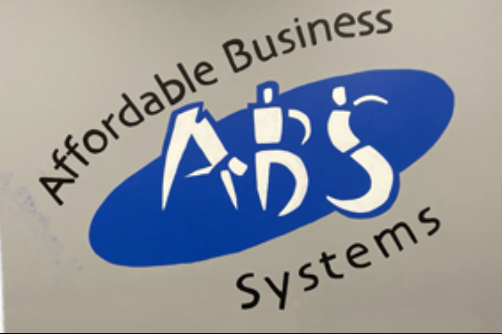
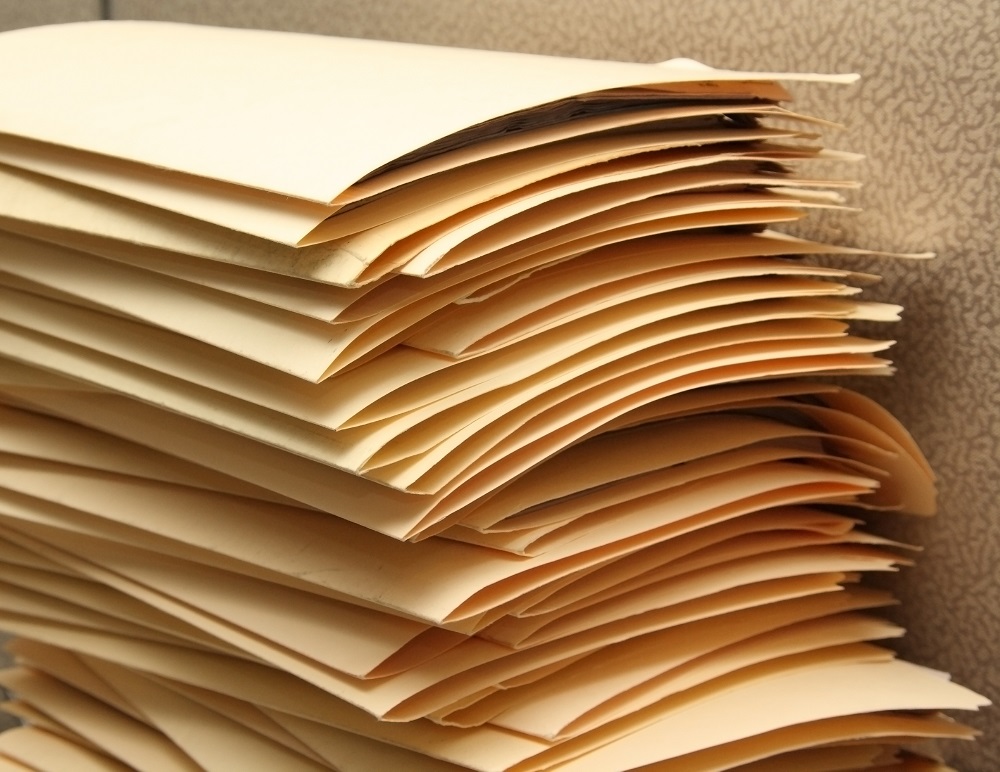
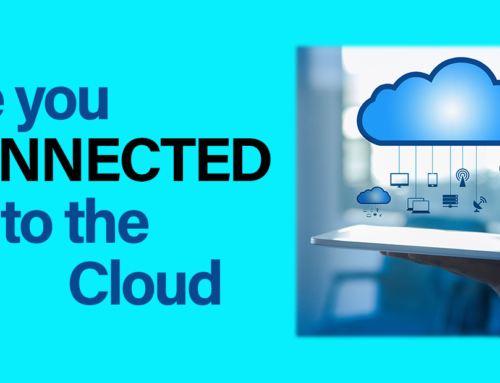
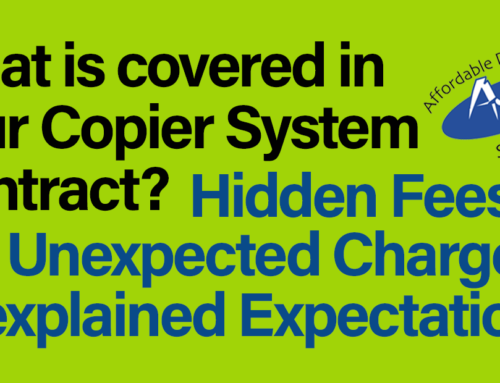
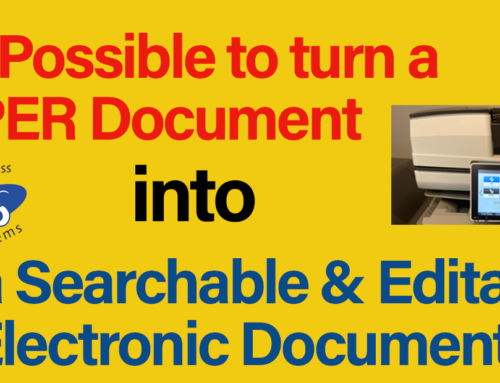

Leave A Comment